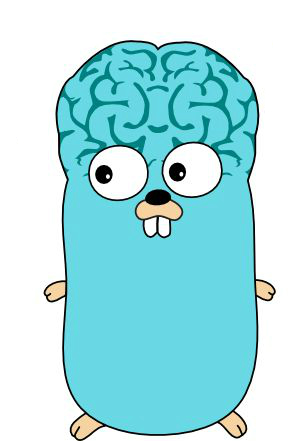EGNN - Pytorch
Implementation of E(n)-Equivariant Graph Neural Networks, in Pytorch. May be eventually used for Alphafold2 replication. This technique went for simple invariant features, and ended up beating out all previous methods (including SE3 Transformer and Lie Conv) in both accuracy and performance.
Install
$ pip install egnn-pytorch
Usage
import torch
from egnn_pytorch import EGNN
layer1 = EGNN(dim = 512)
layer2 = EGNN(dim = 512)
feats = torch.randn(1, 16, 512)
coors = torch.randn(1, 16, 3)
feats, coors = layer1(feats, coors)
feats, coors = layer2(feats, coors) # (1, 16, 512), (1, 16, 3)
With edges
import torch
from egnn_pytorch import EGNN
layer1 = EGNN(dim = 512, edge_dim = 4)
layer2 = EGNN(dim = 512, edge_dim = 4)
feats = torch.randn(1, 16, 512)
coors = torch.randn(1, 16, 3)
edges = torch.randn(1, 16, 16, 4)
feats, coors = layer1(feats, coors, edges)
feats, coors = layer2(feats, coors, edges) # (1, 16, 512), (1, 16, 3)
Citations
@misc{satorras2021en,
title = {E(n) Equivariant Graph Neural Networks},
author = {Victor Garcia Satorras and Emiel Hoogeboom and Max Welling},
year = {2021},
eprint = {2102.09844},
archivePrefix = {arXiv},
primaryClass = {cs.LG}
}






